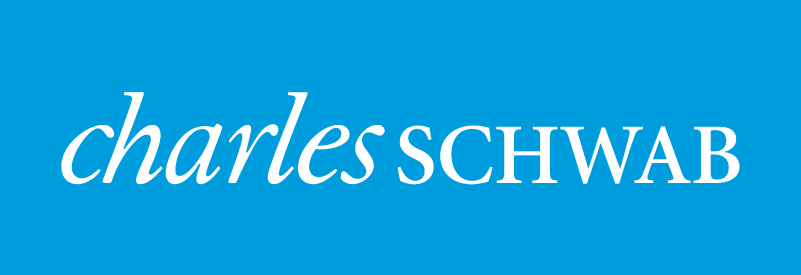July was a boon for market bulls, a very solid month for equities across both developed and emerging markets. Interestingly, there were no significant central bank accommodations announced during the month to drive market rallies, but expectations and indications of policy support in England and Europe certainly provided market participants a push of confidence. The ECB, BoJ, BoE, and Federal Reserve all held steady on rates in July. Active QE programs in Japan and Europe continued to pressure yields and drive capital across borders seeking encouraging fundamentals and higher yields. Case in point, Swiss government bond yields are now negative across the full maturity spectrum with 50 year bonds yielding -0.04% at month end.
The broad U.S. equity market posted a gain of 3.7%, including several new record high closes during the month, while the rest of the world climbed 4.8% on average. A slightly weakening U.S. dollar (-0.64%) contributed to the performance differential but the market bounce in the first two weeks of the month was more pronounced in the non-U.S. markets where volatility at the end of June (Brexit) was more severe. U.S. stocks notched their sixth consecutive month of gains while Europe (+4.8%), Japan (+6.5%), and emerging markets (5.0%) all rallied sharply. Of note was that the Nasdaq 100 hit a new record high for the first time since the tech bubble of ‘99/’00 toward month end. There was also a notable rotation within the U.S. equity market in terms of sector leadership as consumer staples, telecommunications, and utilities which have driven markets during the past year gave way to technology, healthcare, financials, and materials. Additionally, small caps have outperformed large caps in two of the past three months, posting a robust 6% return during the month of July.
A sluggish U.S. economy and lackluster earnings provided a lovely wall of uncertainty for the market to climb in July. Second quarter GDP growth came in at an underwhelming 1.2% rate, significantly under consensus forecast of 2.5%. The 1% growth achieved during the first half of the year is the weakest result since 2011. Details within the GDP report paint a somewhat less concerning picture of a relatively strong consumer and a larger than forecast drawdown of inventory which will likely show up as a positive build in the Q3 report. Per Thomson Reuters, second quarter earnings are shaping up for a fourth consecutive negative quarter (-2.6%) and revenues a sixth consecutive negative quarter (-0.4%). The earnings drag from energy companies (-87%) is pronounced but earnings ex-energy are still uninspiring at +1.8% annual growth rate.
Bond yields in the U.S. fell for a second consecutive month as the 10yr U.S. Treasury fell from 1.49% to 1.46%. Ten year and thirty year U.S. government bonds both hit record lows on July 1st of this month. Commodity markets were battered in July as the energy and grains complexes fell sharply. Oil officially entered a new bear market at month end which is defined as a 20%+ decline from a bull market high.




Leave a Reply